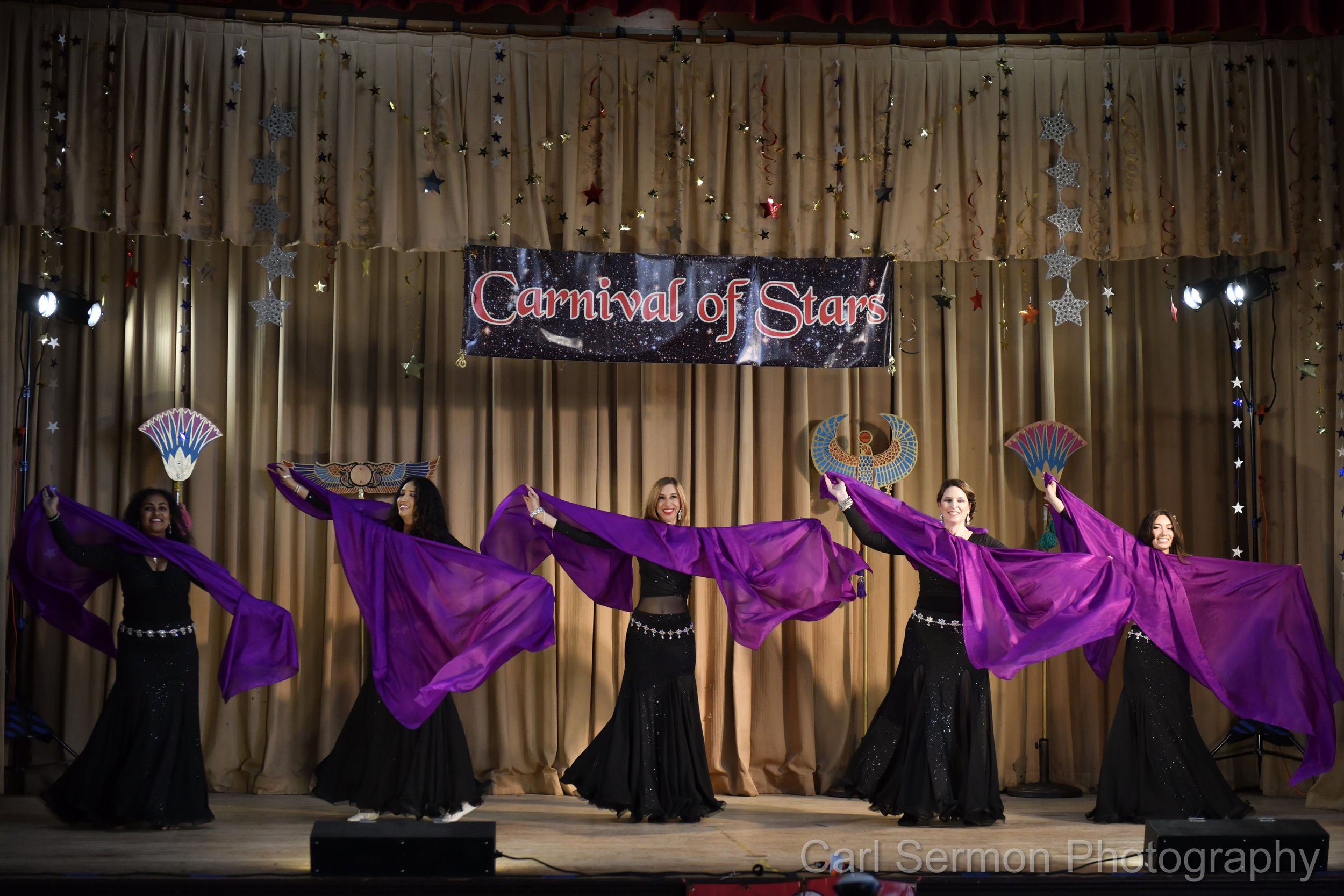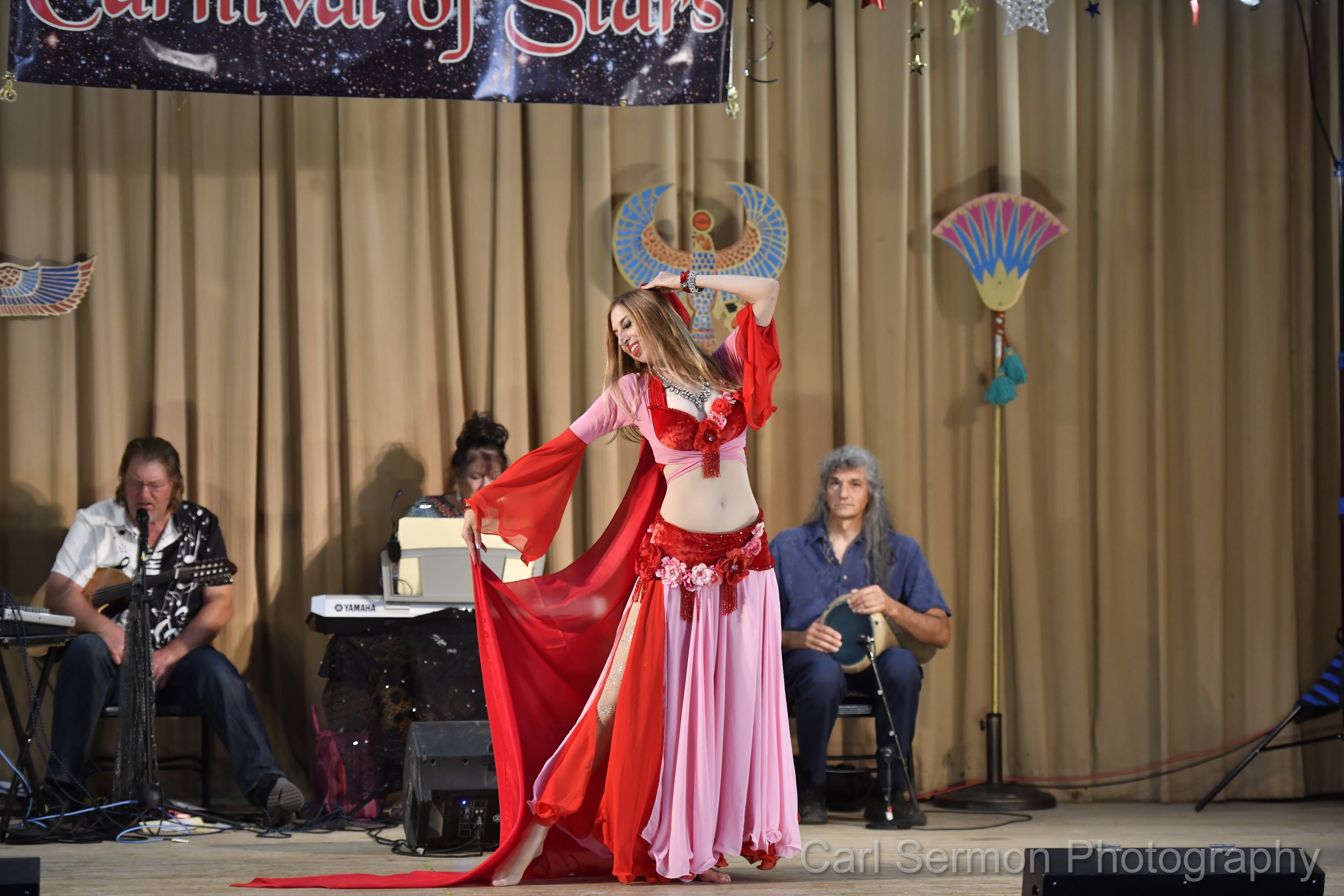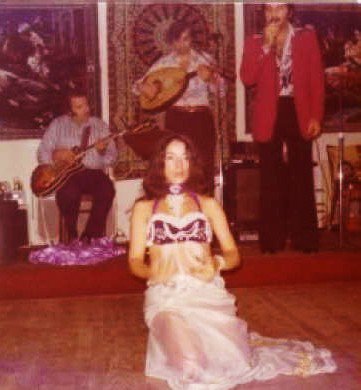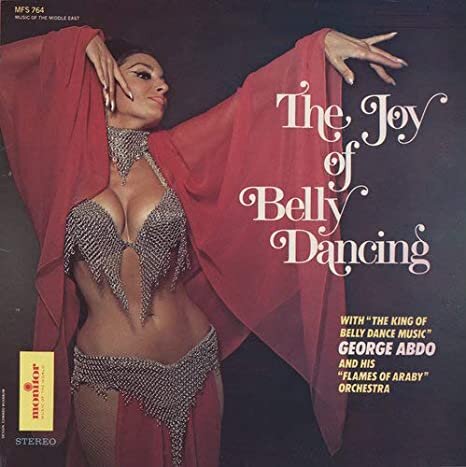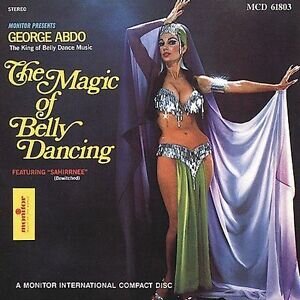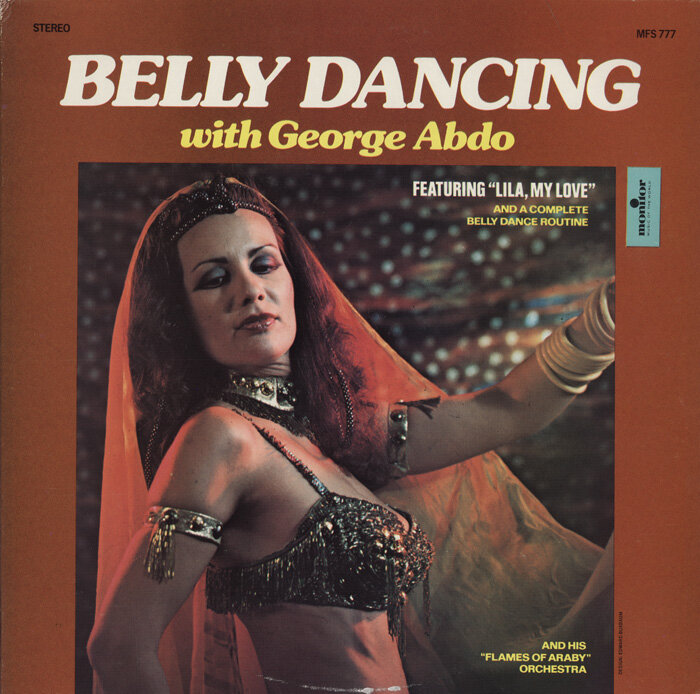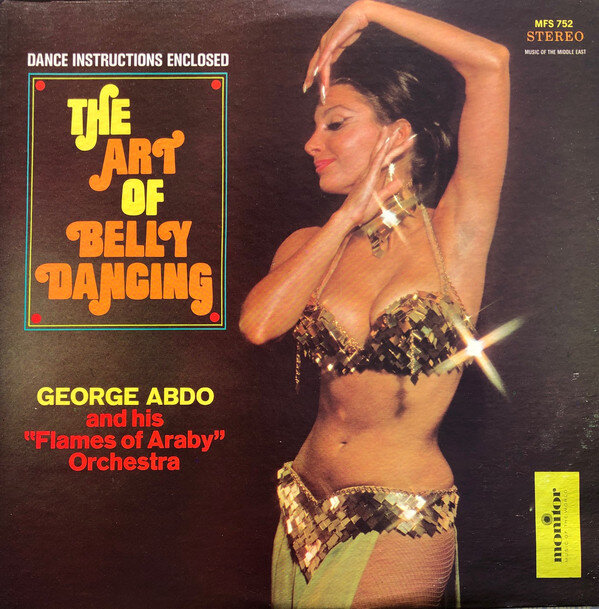Ed experienced a different kind of greeting upon arrival in Honduras, where a group of wealthy resident Palestinians had invited the band to play. The airport where they landed consisted of a sole runway lined by howitzers. Seeing them, Ed asked George what on earth he’d gotten them into, and he remembers that stepping out of the plane was like stepping into a steam bath. But the band was treated extremely well by their hosts. They played in a church hall that held a thousand people and it was packed with an appreciative audience. Though Ed noted that, because of the extreme humidity, it was a year or longer before he could tune his oud correctly.
Learning to Play
Ed grew up in an Armenian neighborhood in Worcester, MA. He loved music from a young age and was captivated by his father’s 78 records of Armenian and Turkish music as a boy. He especially loved the records of the famed blind Armenian-Turkish musician Udi Hrant Kenkulian. He would listen to these records again and again with friends and eventually as they got older, they picked up instruments and tried playing along. Most impressively Ed is completely self taught as a musician as his parents, survivors of the Armenian Genocide as well as the Great Depression, simply wanted their son to get a good education and stable job.
On Ed’s 9th or 10th birthday, his sister gave him a toy ukulele. Around this time, Ed’s first cousin in Detroit got engaged to an Armenian oud player. He brought his oud with him on a visit to Ed’s family and taught Ed how to play two Armenian songs on the ukulele. A year or two later, a different cousin gave him a mandolin and he transferred what he was learning on the ukulele to that. Eventually he bought his first oud, an Arabic oud for $85. He later bought a Turkish oud made by the renowned Armenian Turkish oud maker Onnik Karibyan, and this is the instrument he played for 40 years, including during his time with George Abdo and for that steamy show in Honduras.
Ed learned to play the initial Arabic oud with his friend Dick Barsamian, who would play the lead while Ed backed him up on a second oud, and then eventually sometimes they would switch. He was consumed with learning to play because he loved the music so much and he would have done anything to be in a band.
And eventually his dream came true. Around 1963/1964 he and his friends got their first job playing Friday nights at the Venus DeMilo nightclub. He and his bandmates would all pile into one station wagon to make the hour trip to the club for their show.
An Armenian Story
Mr. Melikian is a first generation Armenian American. His parents, Sarkis and Paris (Andonian) Melikian came from the city of Sebastia, which is called Sivas in present day Turkey. His mother came from a relatively wealthy family. Her father was a barber who had government officials among his clients. During the Armenian Genocide of 1915, her father was told that they would need to leave the country but that they would not be harmed if they did. They made their way to the United States.
Ed’s father’s family faced different circumstances. They were less well off and his father tended sheep for a Turkish family on the outskirts of the city. This Turkish family helped him hide when the police came looking for Armenians, and they would tell him when it was safe to come out again. Ed’s father never wanted to go into much detail about his ordeal or his escape (for those who may not know, this is not unusual among survivors of the Armenian Genocide). Ed remembers waking up sometimes as a child and hearing his father moaning in the night. He realizes now as an adult that it was most likely a recurring dream brought on by whatever traumas he endured and survived in order to make it out and start his new life.
Ed grew up listening to his father’s 78 records of music from home. Home was Ottoman Turkey, and the music was both Armenian and Turkish because they were Turkish Armenians. Ed plays both Turkish and Armenian songs when he plays for belly dancers.
Playing for Belly Dancers
Ed remembers being on vacation on Cape Cod one summer as a boy with his parents. There was an Armenian band playing live every night at the resort and Ed loved watching the show. But he remembers his parents not letting him go the one night there was going to be a belly dancer performing. He was crushed because he absolutely loved watching the band.
Despite that one episode, Ed does not remember any kind of stigma in the Armenian community associated with playing for belly dancers. And looking back on his career he says he’s really enjoyed his time playing in nightclubs and for belly dancers in part because he’s able to play not only Armenian songs but the Turkish songs he loves so much as well but which aren’t always welcome at strictly Armenian gatherings.
Ed said that George Abdo liked having different ethnicities in his band and that he particularly sought out Armenian musicians because of their willingness to learn different styles and their ability to “play anything”. This stems from the nightclub scene of the 1960s on Eighth Avenue in NYC, which were havens for Armenians, Greeks and others forced to flee their homelands. Ed’s ability to play the maqams of the Americanized Arabic songs in George Abdo’s repertoire comes from his familiarity with Turkish music, which also has them. That said, Arabic and Turkish maqams differ and Ed did have to learn the difference. George told him to have Fred Elias- who was a master violinist and expert at other stringed instruments including the oud- teach him, which he did.
Often belly dancers would arrange for George Abdo and the Flames of Araby to make a tour stop in their town as part of what we would probably now call workshops. During the Dallas/Fort Worth trip mentioned earlier, Ed remembers playing in a large hotel ballroom for a crowd of 2000. And he also remembers that the following night, he and the band went to see the famed Greek group Trio Bel Canto who were playing at a venue in Dallas. They were so great they wound up throwing every cent they’d earned the night before onto the stage in tips.
Today
Ed’s love of music- all different kinds of music- has not diminished over the years and he’s still playing for dancers too. He played a regular live music belly dance show at Sahara Restaurant in Worcester for over a decade. And right up until the pandemic he was playing regular live shows at El Basha in Worcester, MA. The shows include belly dancing as well as line dancing and bring in a diverse crowd.
He gave me a breakdown of how he structures a belly dance show:
An opening number - perhaps Aziza or the Turkish songs Istemen Babajim or Siseler, or something else in 2/4 time
Slow rhumba for veil work, here he will often sing an Armenian song called Oror or a song called Yarus which is originally an Israeli song but long ago someone translated the lyrics into Armenian. The band members will solo from here.
The next section will be a more uptempo baladi with more solos and builds in speed
Then they will slow down or stop altogether before changing into a chiftiteli with solos and the possibility for floor work. From there the band will ease there way back to a faster tempo and 2/4 time
Drum solo
The final number will be 9/8 Kashlima or something in 2/4 depending on the preference of the dancer. Here the dancer can go out and collect tips if they haven’t already been strewn upon her by the adoring audience
Here is a lovely clip of a past show featuring the dancer Akasha.


